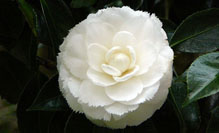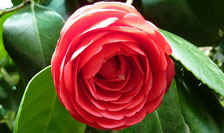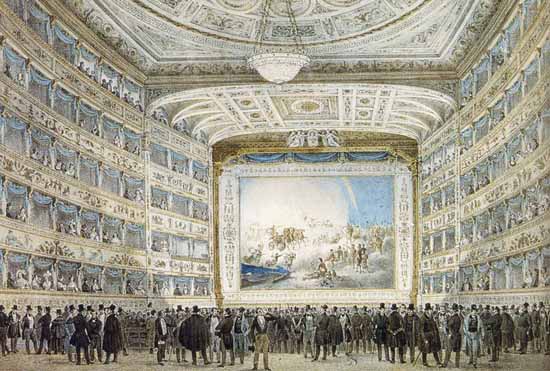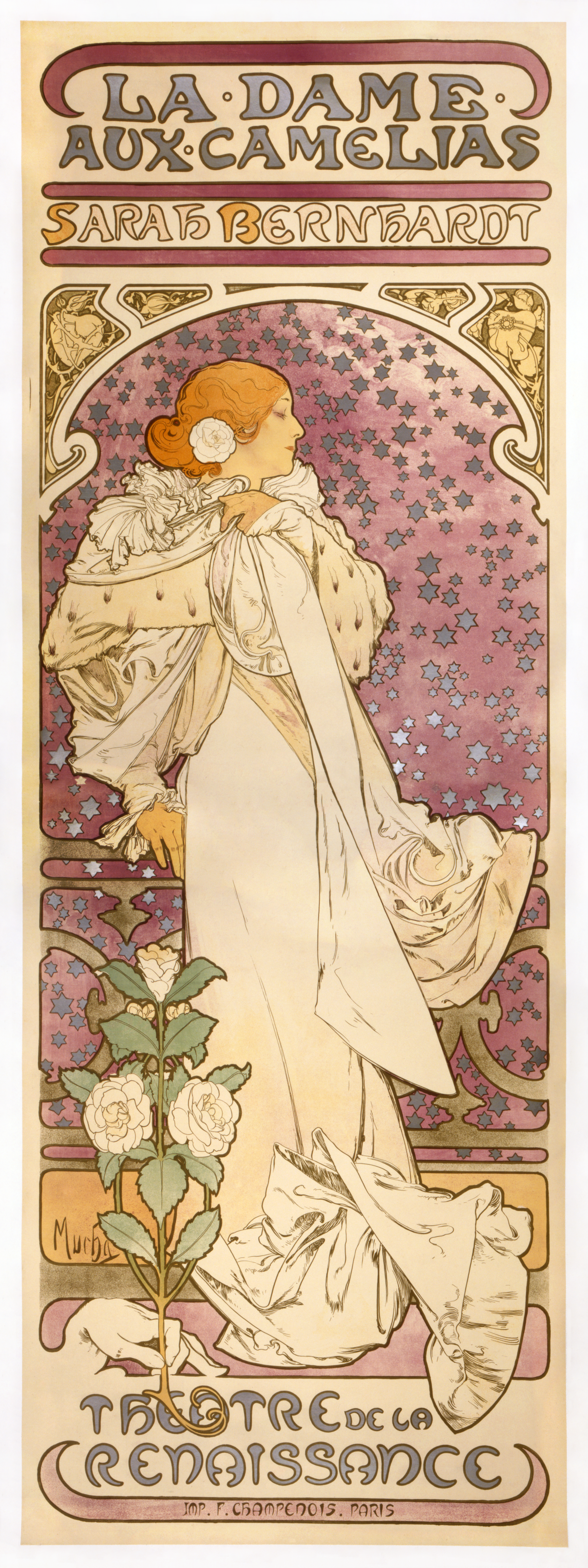'La Traviata' and the color of camellias
Based on his encounter with the tragic courtesan Marie Duplessis, Alexandre Dumas fils writes La Dame aux camélias with such emotion that one almost believes he was in love with her. Yet it is also another of those novels where the heroine goes down to defeat and George Sand ponders why men are so fascinated with the weaknesses of women when they are the frailer sex themselves. Still, a play - adapted from the novel of 1848 – went into rehearsals for performances in February 1852 and within a year it would become a towering Verdi opera, La Traviata and the heroine would become the central character.


Violetta wears white camellias, except for five days a month when she wears red camellias. Are those the days when she is with a rich lover or the days of her menstrual cycle? You be the judge. Others have noted the camellia was the only flower she could wear that didn't aggravate her TB - because camellias are scentless. (Compare rose symbolism)
La Traviata premiered at the Teatro La Fenice ("The Phoenix") opera house in Venice in 1853. Below is a picture of the interior from 1837.

The play continued to have its own life, known in English variously as The Lady of the Camellias and as Camille. The role was irresistible to most great actresses, notably Sarah Bernhardt, shown below in a poster from 1896 by Alphonse Mucha, and Greta Garbo, who starred in the 1936 George Cukor film Camille.

